THIS IS WHAT HATRED DID by Cristina de Middel
スペイン人フォトグラファー、クリスティーナ・デ・ミデル(Cristina de Middel)の作品集。本書タイトル「This is what hatred did」は、アモス・トゥトゥオラの小説「My Life in the Bush of Ghosts」の最後に刻まれた締めくくりの言葉である。1954年に出版された当時、この小説に対しての反応があまりに暴力的であったためにトゥトゥオラはナイジェリアを離れることを余儀なくされた。この言葉「This is what hatred did」は、作者によるこの物語の新たな解釈の出発点として使われている。魂と人間が複雑に共存するナイジェリアの街ラゴスのスラム街・マココでは不可思議な儀式は日常茶飯事で、街を包む空気がまるで幻影のような物語を生み出している。このプロジェクトから生まれた本書は、トゥトゥオラの物語と、アフリカのステレオタイプを背負わざるをえない国の現実を交える。作者は文章とイメージ双方での語りを操り合わせることで、幾重もの意味を生み出し、その結果として生まれたのが、ドキュメンタリーとフィクションの狭間で光に照らされるのを待つ益々不可解な大陸の現実である。
This is what hatred did is the lapidary phrase that ends Amos Tutuola’s novel My Life in the Bush of Ghosts. When it was published in 1954, the novel provoked such violent reactions that Tutuola was obliged to leave Nigeria. Its concluding phrase is the starting point for photographer Cristina de Middel's interpretation of the tenebrous story, based in the streets of Makoko, a watery slum in the city of Lagos in Nigeria where spirits coexist inextricably with human beings, strange rites are an everyday occurrence, and the atmosphere provides the setting for a phantasmagoric tale. The book that has grown out of this project merges Tutuola's original story with the reality of a country suffering under the heavy burden of African stereotypes. De Middel plays with the double narrative offered by text and image and the different layers of meaning produced by their union. What emerges is a grey zone between documentary and fiction that seeks to cast light upon an ever more inscrutable continent.
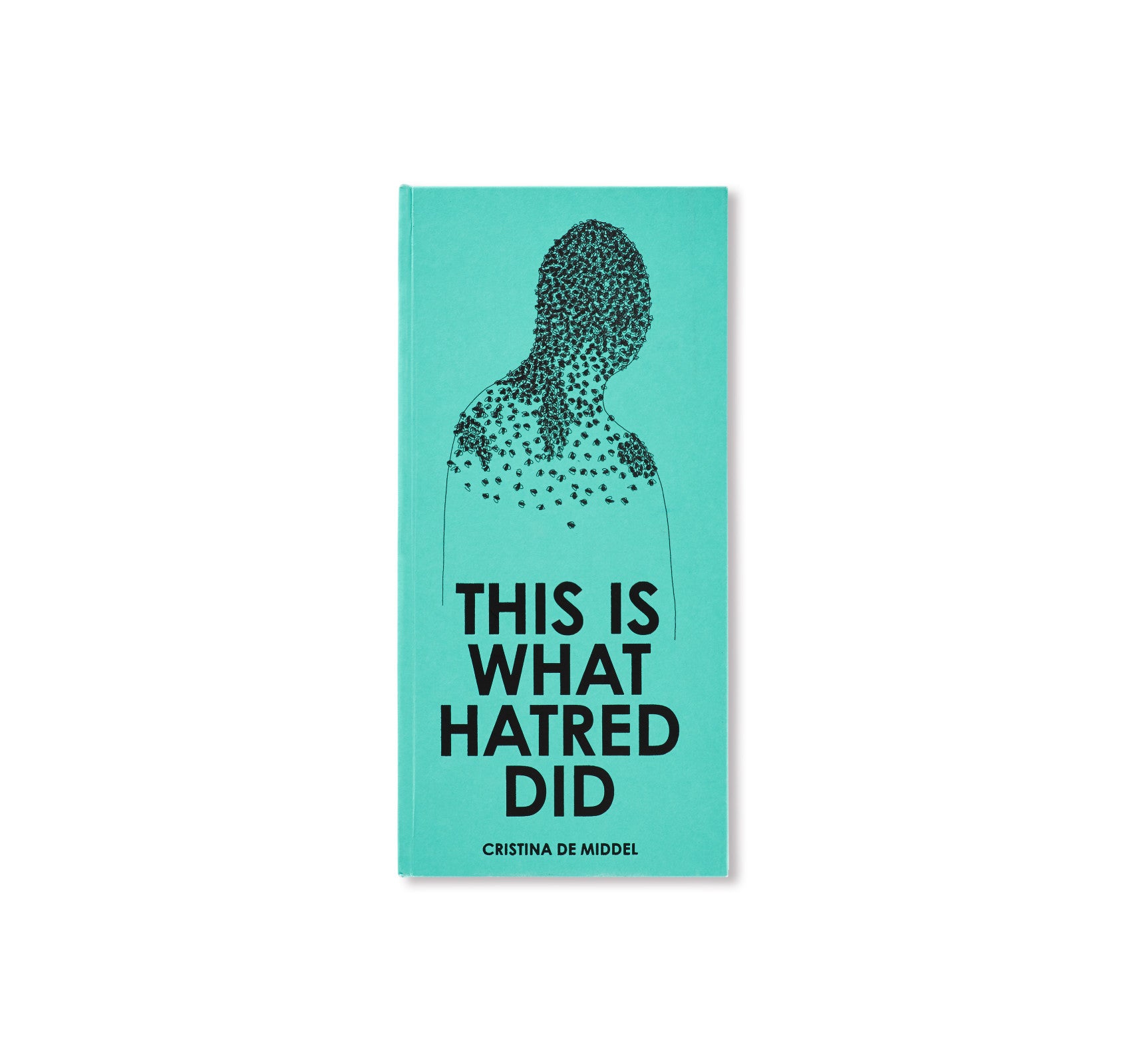

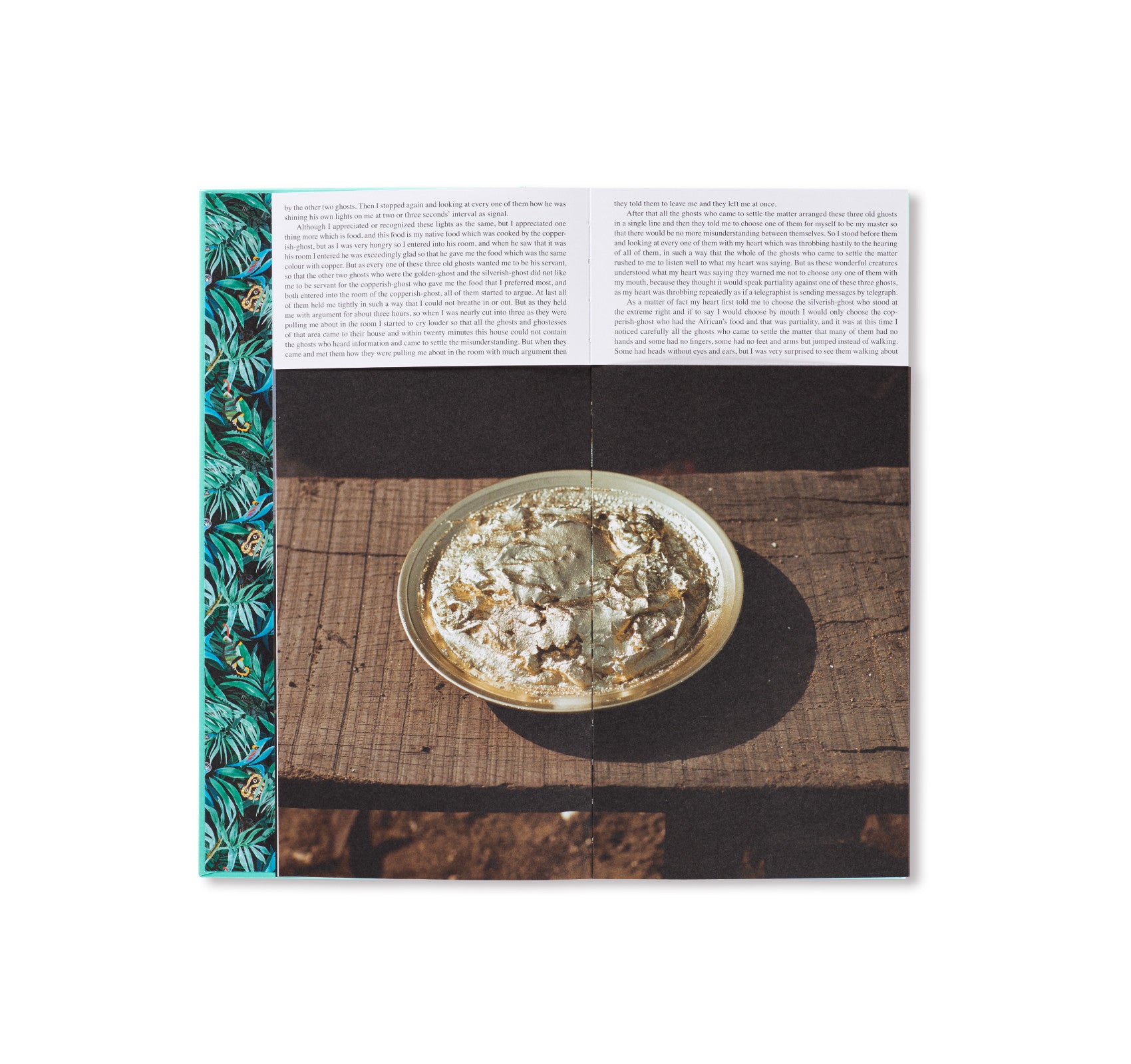
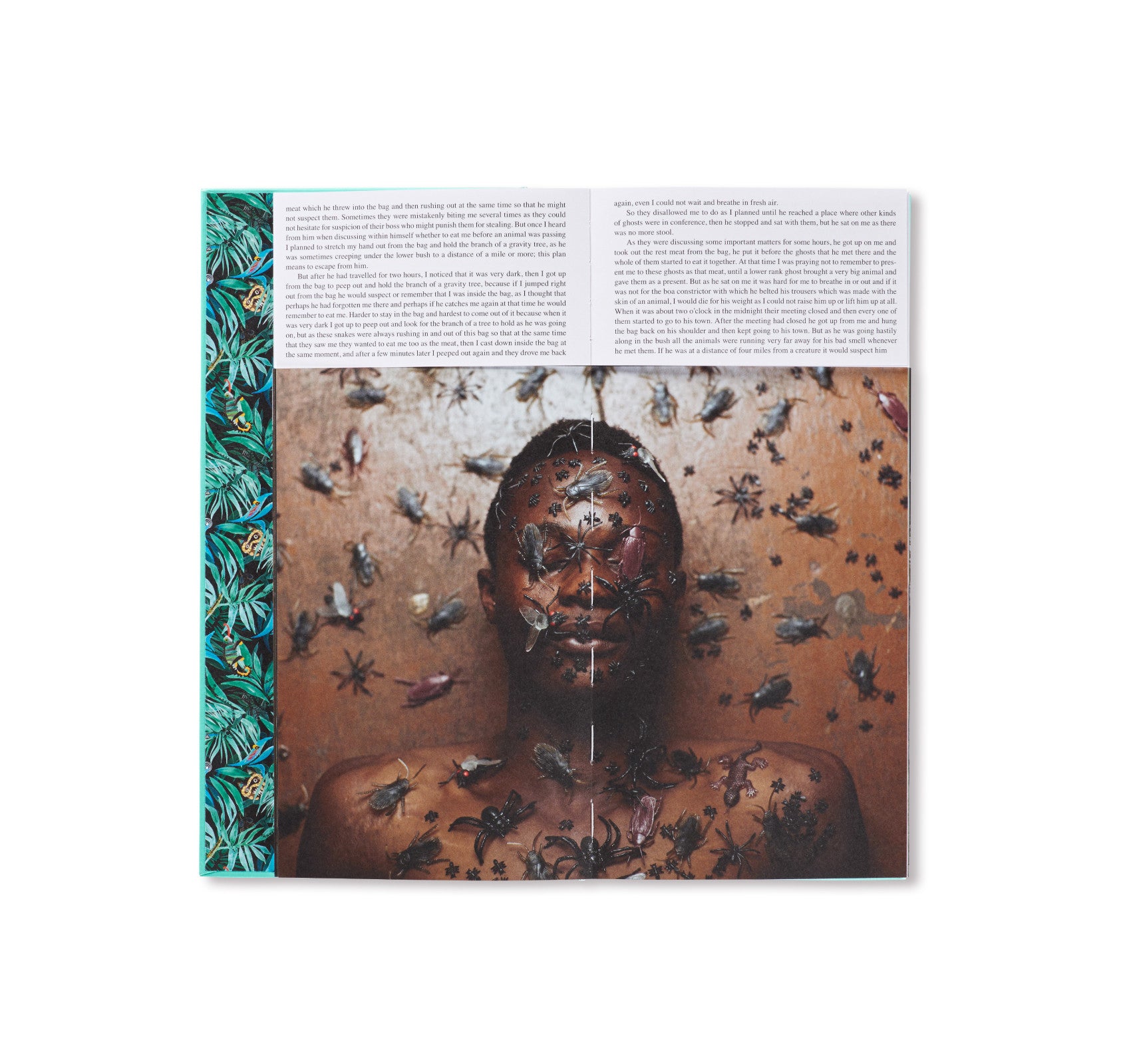
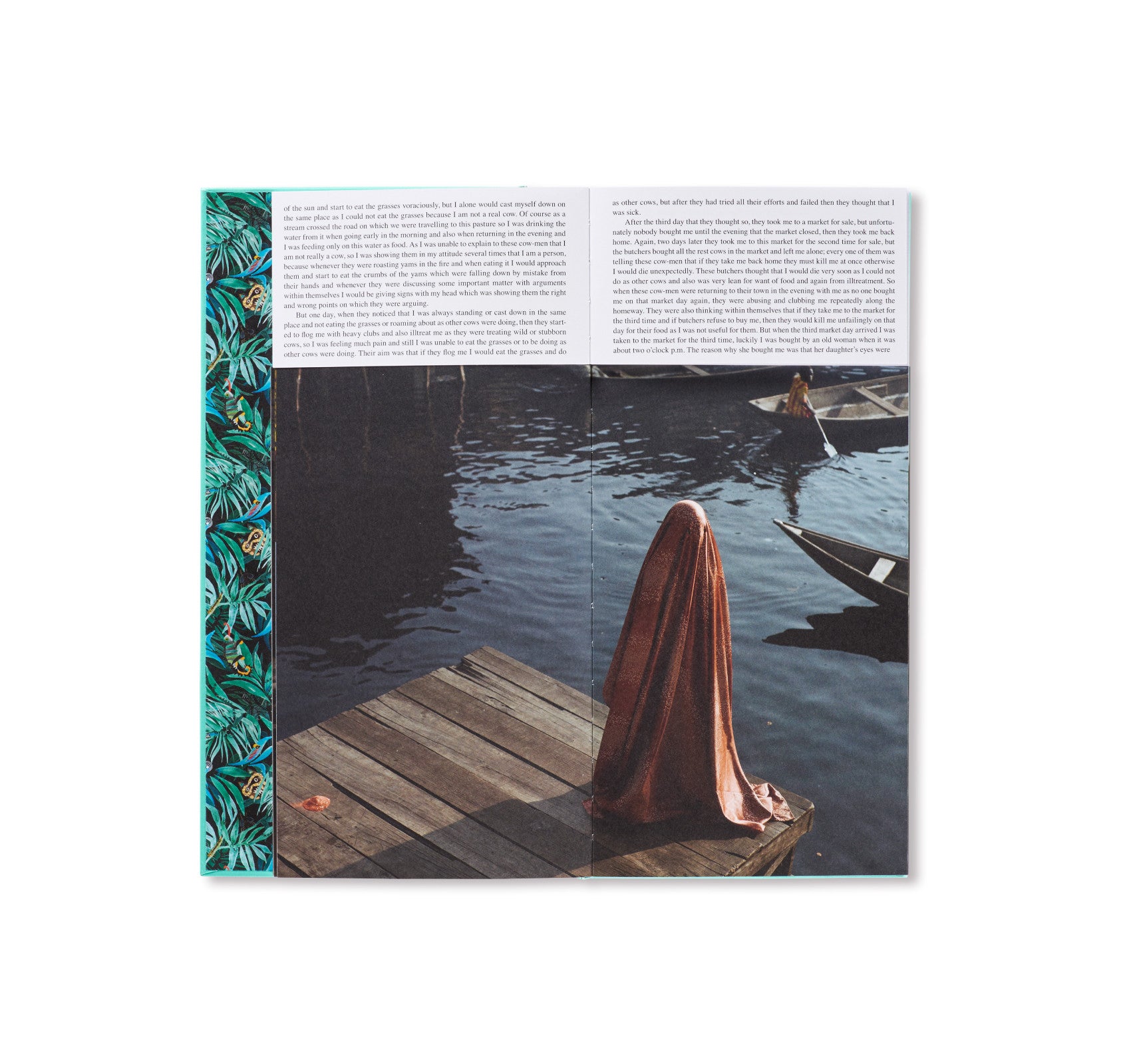
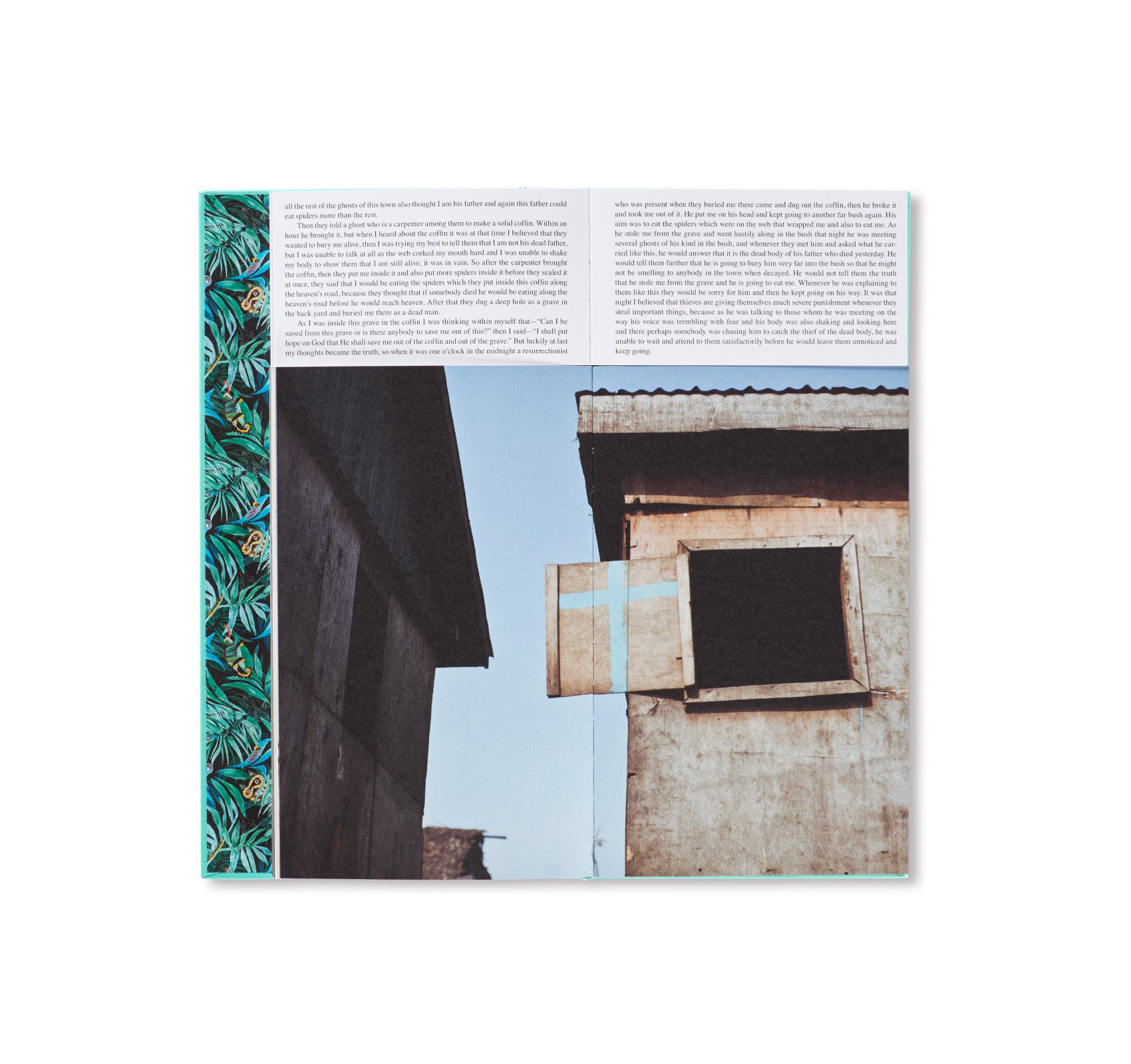
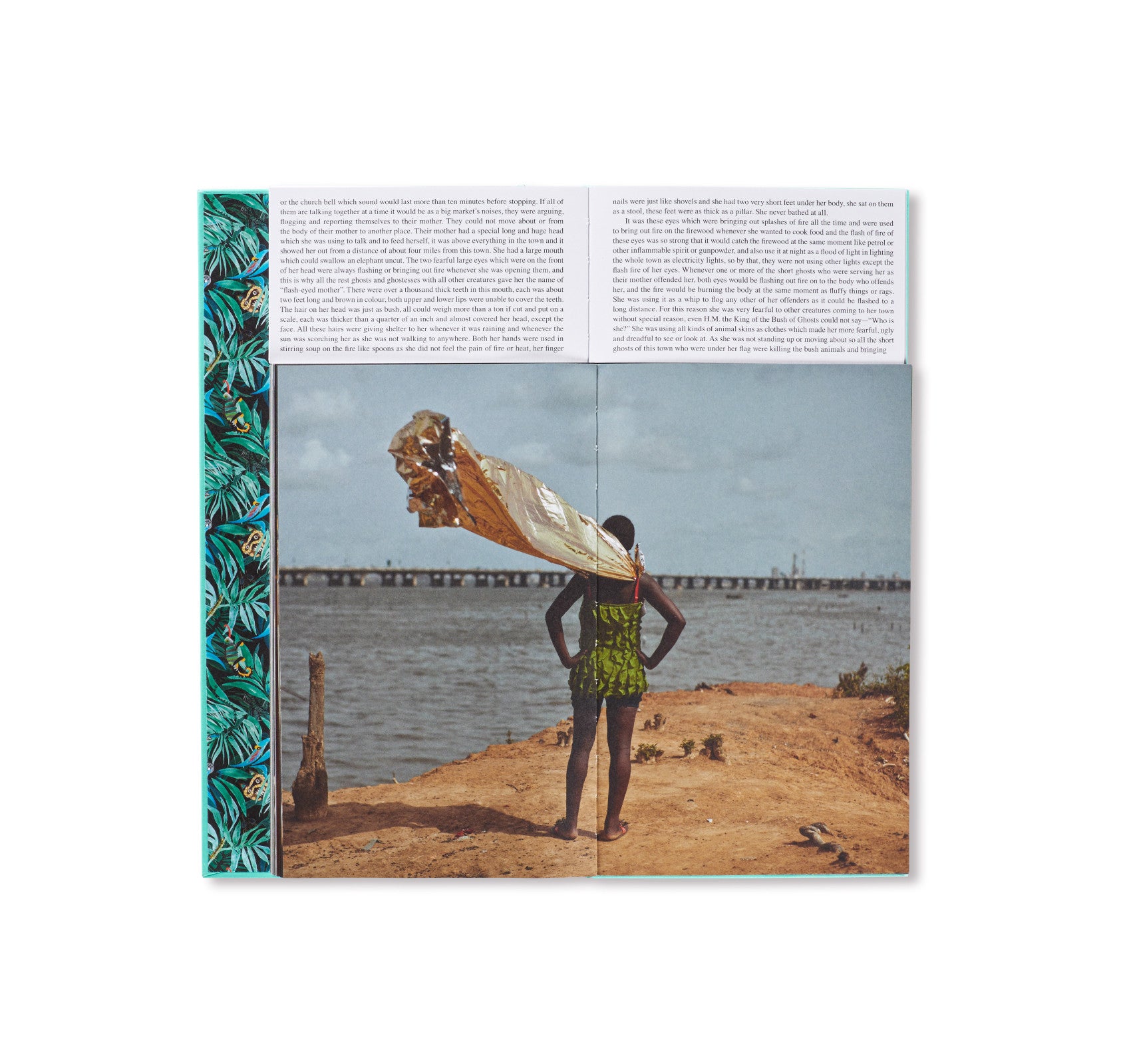
![THE AFRONAUTS by Cristina de Middel [SECOND EDITION]](http://twelve-books.com/cdn/shop/products/Afronauts_Cristina_de_Middel_large.jpg?v=1571703833)
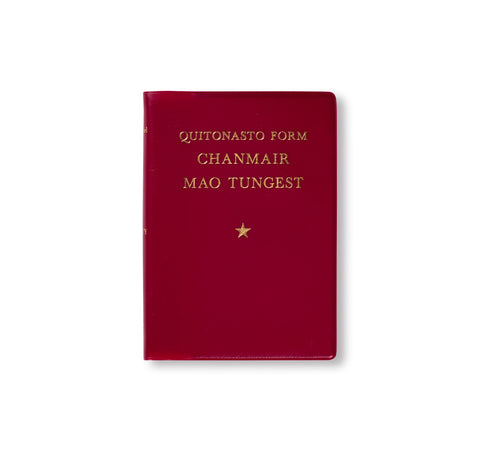
![PARTY. QUOTATIONS FROM CHAIRMAN MAO TSETUNG by Cristina de Middel [SIGNED]](http://twelve-books.com/cdn/shop/products/160112.14_3187_ead2aea0-dd58-4d0f-9c01-5fb89fd867d4_large.jpg?v=1571703970)
